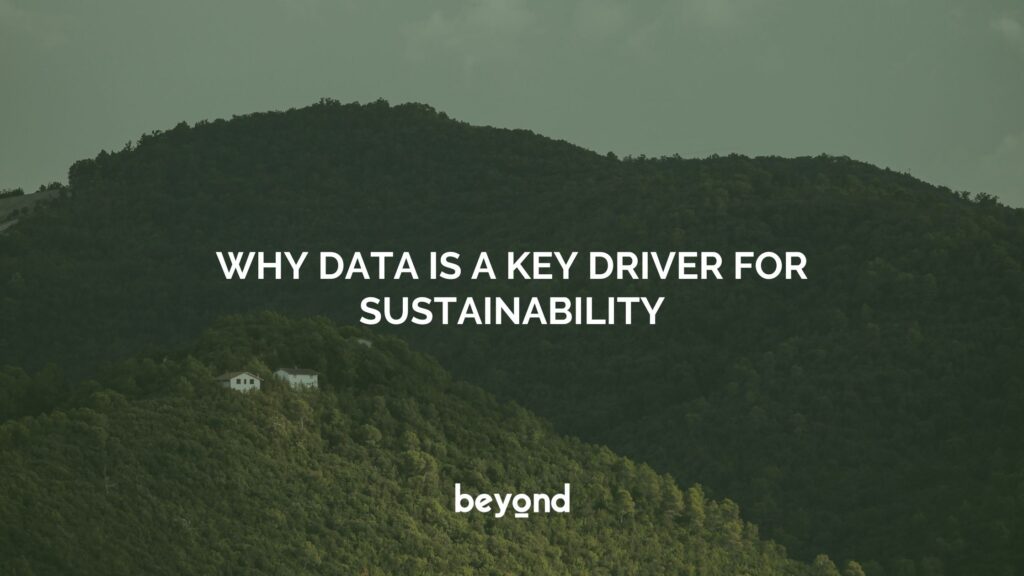A sustainable future has been a hot topic for the last decade. Governments, investors, businesses, and consumers are concerned about the world’s available resources – especially for future generations. This has led to companies looking for ways to measure, monitor, and optimise their use of the earth’s limited resources.
Data allows business leaders to make informed decisions, such as increasing their influence on sustainability practices and improving resource efficiencies. Companies need to understand their processes’ impact on the environment to identify all the relevant sustainability data points.
The world is moving to become sustainable, which entails meeting the current population’s needs while allowing coming generations to provide for themselves. Below we look at initiatives and tangible data measures that aides companies in improving their sustainability practices.
ESG and SDG – The Strong Drivers to a Sustainable Future
Global organisations and initiatives provide clear guidance and tangible goals for companies to focus on in the effort to create a sustainable world.
The United Nations’ Sustainable Development Goals (SDGs) are 17 goals guiding countries and companies to build a sustainable future, including Affordable and Clean Energy (goal number 7), responsible consumption and production (goal 12), and more.
Many investors use an ESG framework to assess a company’s impact on Environmental, Sustainable, and Governance matters. The ESG framework is similar to SDGs as they intend to provide a measurement framework to improve our population’s impact on the world and its resources.
Business leaders and investors need to view measurable data to assess a company’s ESG and SDG initiatives.
What Data Indicators Can Companies Use to Measure Sustainability?
Companies need to define what their measurable data points are within their business that can assist decision-making with sustainability in mind. Data categories include financial measures and operational process metrics.
Financial Measurements for Sustainability
CEOs and CFOs can use their profit and loss statements to identify resource-exposed expenses such as electricity, water, fuel, and raw materials. To take it further, executives can split their reports to show the amount spent on natural resources versus renewable resources.
Operational Measurements for Sustainability
Manufacturing, industrial, construction, retail, and other industries rely on a process or system that always requires inputs. Fuels, water, oil, metals, etc., are inserted into a business’s operations to deliver the end product they provide to the customer.
Companies can improve their operations and processes to reduce the required input, reducing the burden on the earth’s resources and providing a more sustainable tomorrow. Reducing inputs lead to fewer costs incurred, which means that companies could increase their profits at the same time.
Introducing a Chief Sustainability Officer
Improving a company’s day-to-day activities with the goal of enhancing the company’s sustainable processes requires data selection, analysis, evaluations, and more. A task that many CEOs, COOs, and CFOs might not have the suitable time, skill, and expertise to take on.
Companies can appoint a Chief Sustainability Officer to drive the company toward improving their processes, increasing efficiencies, and influencing the industry toward a sustainable future.
Conclusion
Data is vital for a company to work towards sustainability and can help business leaders measure, monitor, and optimise their use of the earth’s resources. Investors and government institutions look to understand a company’s ESG impact and their contribution towards the SDGs, as creating a sustainable world for future generations are becoming ever more critical.
